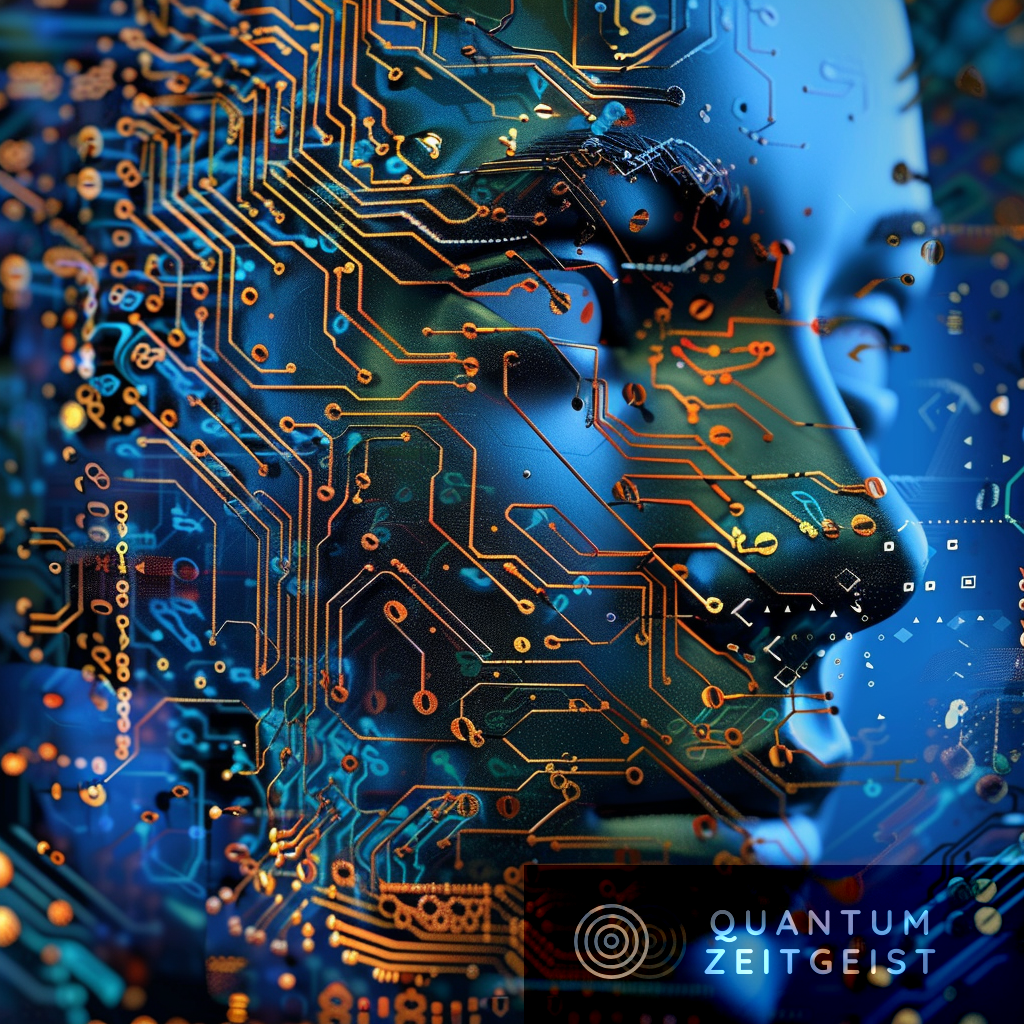A study by Jan Roik, Karol Bartkiewicz, Antonín Černoch, and Karel Lemr proposes the use of reinforcement machine learning for efficient data transmission in quantum communication networks. Traditional graph path or tree-finding algorithms are unsuitable due to the non-additivity of quantum errors. The researchers suggest using a proximal policy optimization algorithm, a type of reinforcement learning algorithm, which outperformed the Monte Carlo search in terms of entanglement quality and searching speed. This method could improve the efficiency and quality of quantum communication, making it a viable alternative to classical networks, and help address challenges such as entanglement decay.
What is the Role of Reinforcement Machine Learning in Quantum Communication Networks?
Quantum communication networks are the future of communication technology, promising to revolutionize the way we transmit and receive information. However, these networks present unique challenges that cannot be addressed using traditional methods. One such challenge is the task of finding efficient routes for data transmission. This article discusses a study by Jan Roik, Karol Bartkiewicz, Antonín Černoch, and Karel Lemr, which proposes the use of reinforcement machine learning for route-finding tasks in quantum communication networks.
The researchers argue that classical graph path or tree-finding algorithms are not suitable for quantum networks due to the non-additivity of quantum errors. Instead, they suggest using a proximal policy optimization algorithm, a type of reinforcement learning algorithm, to find routes in teleportation-based quantum networks. This algorithm was benchmarked against the Monte Carlo search, a popular method used in classical networks, and was found to perform considerably better in terms of resulting entanglement quality and searching speed.
How Does Quantum Communication Work?
Quantum communication is based on the principles of quantum mechanics, which allow for the transmission of information in a way that is fundamentally different from classical communication. One of the key concepts in quantum communication is entanglement, a phenomenon that allows two particles to be connected in such a way that the state of one particle instantly affects the state of the other, no matter how far apart they are.
In quantum networks, communication between two distant parties, referred to as Alice and Bob in the study, is established by repeated use of entanglement swapping by several intermediate nodes. This results in an entangled state shared by Alice and Bob, which they can then use for various purposes, such as secret key sharing, quantum state teleportation, or dense coding.
However, consecutive entanglement swapping in practical quantum networks results in entanglement decay, which can adversely affect the quality of communication. Therefore, it is crucial to employ methods that minimize this effect, which is where reinforcement machine learning comes in.
What is Reinforcement Machine Learning and How Does it Help?
Reinforcement machine learning is a type of machine learning where an agent learns to make decisions by taking actions in an environment to achieve a goal. The agent learns from the consequences of its actions, adjusting its behavior based on the rewards or penalties it receives.
In the context of quantum communication networks, reinforcement machine learning can be used to efficiently search for the best entanglement-preserving route possible between two given nodes. The researchers benchmarked their method against a naive Monte Carlo search and found that reinforcement learning performed considerably better in terms of resulting entanglement quality and searching speed.
Moreover, the researchers presented two quantum-specific examples where intelligent routing allowed for the restoration of partially decayed entanglement in cases of amplitude damping and correlated phase noise.
How is the Quality of Quantum Communication Measured?
The quality of quantum communication is quantified by the quality of the repeated entanglement swapping and the quality of the shared entangled state between Alice and Bob. The researchers chose the singlet fraction as the figure of merit because it can be directly used to evaluate the usefulness of the shared entangled state for quantum teleportation.
The singlet fraction is defined as the maximal overlap of the investigated state with any maximally entangled state. The maximal achievable teleportation fidelity of a qubit state is then calculated based on the singlet fraction.
What are the Implications of this Study?
This study has significant implications for the future of quantum communication networks. The use of reinforcement machine learning for route-finding tasks could greatly improve the efficiency and quality of quantum communication, making it a viable alternative to classical communication networks.
Moreover, the researchers’ method could also be used to address other challenges in quantum networks, such as entanglement decay. By efficiently searching for the best entanglement-preserving route, reinforcement learning could help maintain the quality of communication in quantum networks, making them more practical and reliable.
In conclusion, this study represents a significant step forward in the development of quantum communication networks. By leveraging the power of reinforcement machine learning, we could soon see the realization of the quantum Internet, a global network of quantum communication that could revolutionize the way we transmit and receive information.
Publication details: “Routing in quantum communication networks using reinforcement machine learning”
Publication Date: 2024-03-04
Authors: Jan Roik, Karol Bartkiewicz, Antonín Černoch, Karel Lemr, et al.
Source: Quantum Information Processing
DOI: https://doi.org/10.1007/s11128-024-04287-z

